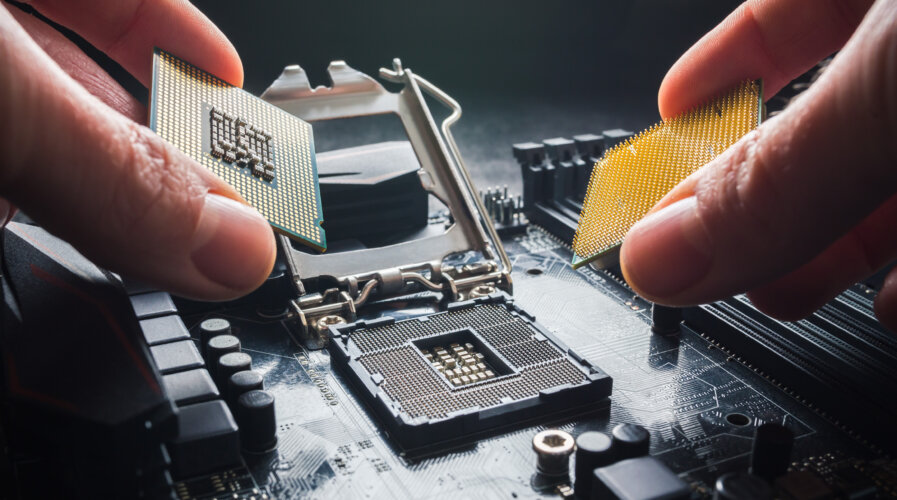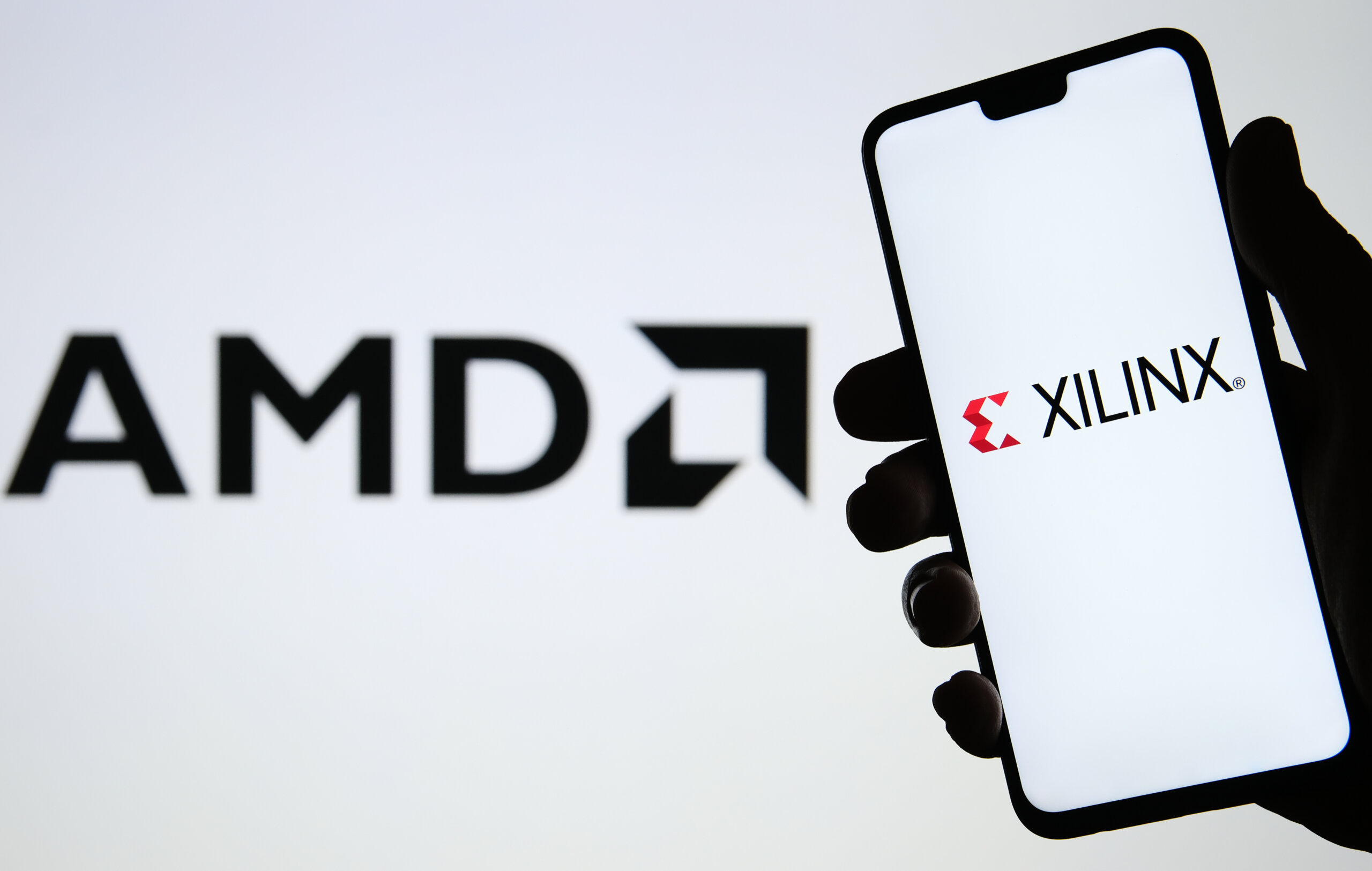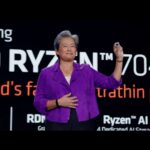
AMD expands footprint in computing and networking markets with 5G investments
- AMD’s Telco Solutions testing lab with VIAVI highlights its 5G leadership and growing ecosystem partnerships, including Nokia.
- New 4G/5G Zynq RFSoC devices accelerate radio deployments in cost-sensitive markets.
AMD’s investments in 5G are part of its broader strategy to increase its footprint in the data center and networking markets, where the demand for high-performance computing and connectivity is rapidly growing. With the emergence of the 5G era, communication service providers (CSPs) need to modernize their platforms, and 5G services offer new opportunities. For example, innovative new use cases for CSPs, such as video streaming, smart cities, and data analytics, can be enabled through the scale of their networks and 5G services.
However, companies need to balance modernization goals, increased performance, and cost and environmental efficiency by getting more performance per core, reducing power, lowering admin costs, and requiring less space.
To support this growing demand, AMD has been investing in 5G technologies and working on network infrastructure, including SoC solutions for mobile devices and high-performance graphics technology for use in 5G base stations.
In line with this effort, AMD announced that it will be expanding support for its growing 5G partner ecosystem, spanning from core to radio access networks (RAN) applications, delivering additional new test capabilities, and unveiling new 5G products. The AMD wireless telecom partner ecosystem has more than doubled in the past year, bolstered by the integration of the AMD and Xilinx product lines, as well as the creation of its new Telco Solutions testing lab in collaboration with VIAVI.

Source – Shutterstock
The Telco Solutions testing lab is crucial for telco operators and solution providers to test, validate, and scale computing resources for meeting the growing demands of RAN and edge-to-core. The lab supports end-to-end solutions, including hardware and software leveraging AMD’s latest processors, Adaptive SoCs, SmartNICs, FPGAs, and DPUs to optimize performance and power efficiency.
To support this effort, VIAVI’s end-to-end testing suite has been chosen to provide network testing solutions for analyzing, developing, and validating the impact of real-life conditions across the entire telco network. The lab allows traffic simulation and generation across core, CU/DU, edge, and RAN, utilizing both current and future AMD technologies to enable functional and performance testing meeting present and future ecosystem needs.
5G investments to power high-performance computing with AMD
AMD’s 4G/5G Zynq UltraScale+ RFSoC and MPSoC radio technology has been widely adopted, allowing for new integrated remote radio unit designs and creating new business opportunities. To further expand its portfolio, AMD is introducing two new RFSoCs: the Zynq UltraScale+ ZU63DR and ZU64DR devices.
These RFSoCs will enable the deployment of cost-effective and energy-efficient 4G/5G radios in emerging global markets, including rural and outdoor areas. The ZU63DR is designed for 4T4R and dual-band, entry-level O-RAN radio unit (O-RU) applications, while the ZU64DR targets 8T8R O-RU applications using the 3GPP split-8 option.
Both devices are expected to be fully in production in Q2 2023 and will be showcased at the Mobile World Congress (MWC) Barcelona 2023. Salil Raje, Senior Vice President and General Manager of AMD’s Adaptive and Embedded Computing Group, expressed pride in the company’s progress in the radio market and collaboration with over 15 radio system ecosystem partners.
“With our focus toward increasing 5G deployments around the world, the new AMD Zynq UltraScale+ RFSoCs are especially cost-effective and energy-efficient, making them ideal for emerging global markets including rural and outdoor deployments,” Raje added.
AMD is no stranger to the APAC region
AMD has a significant presence in the Asia Pacific (APAC) 5G Telco market, where the total addressable market cap is projected to be US$550.1 billion by 2030, driven by the fast deployment and adoption of 5G infrastructure and technology in the region.

Source – Shutterstock
In December of last year, AMD collaborated with Viettel High Tech, a member of the Viettel Group, to successfully deploy a 5G mobile network field trial powered by AMD Xilinx Zynq UltraScale+ MPSoC devices. Viettel High Tech is the largest telecom operator in Vietnam, serving over 130 million mobile customers, and has a history of using AMD radio technology with previous 4G deployments. AMD is now the exclusive radio unit (RU) silicon supplier for Viettel’s indigenous 5G radio development.
Following the successful completion of the first field trial, Zynq MPSoCs will be extended to an additional 300 Macro 8T8R base stations and 900 5G 8T8R Macro radios. Viettel has also selected the Zynq UltraScale+ MPSoC for its first-generation 64T64R Massive MIMO radio, currently being optimized for field trials. To provide industry-leading integration and higher performance, Viettel plans to include Zynq UltraScale+ RFSoC devices in the next generation of radios.
In addition to Viettel, AMD is partnering with Nokia to expand its telco ecosystem. The two companies have announced a collaboration that utilizes 4th Gen AMD EPYC processor-based servers to provide Nokia Cloud RAN solutions, helping communication service providers to meet their energy efficiency objectives. AMD and Nokia are aware of the challenges that operators face in managing escalating energy costs and the need to reduce carbon emissions, both in their network edge and core operations.
READ MORE
- Strategies for Democratizing GenAI
- The criticality of endpoint management in cybersecurity and operations
- Ethical AI: The renewed importance of safeguarding data and customer privacy in Generative AI applications
- How Japan balances AI-driven opportunities with cybersecurity needs
- Deploying SASE: Benchmarking your approach


